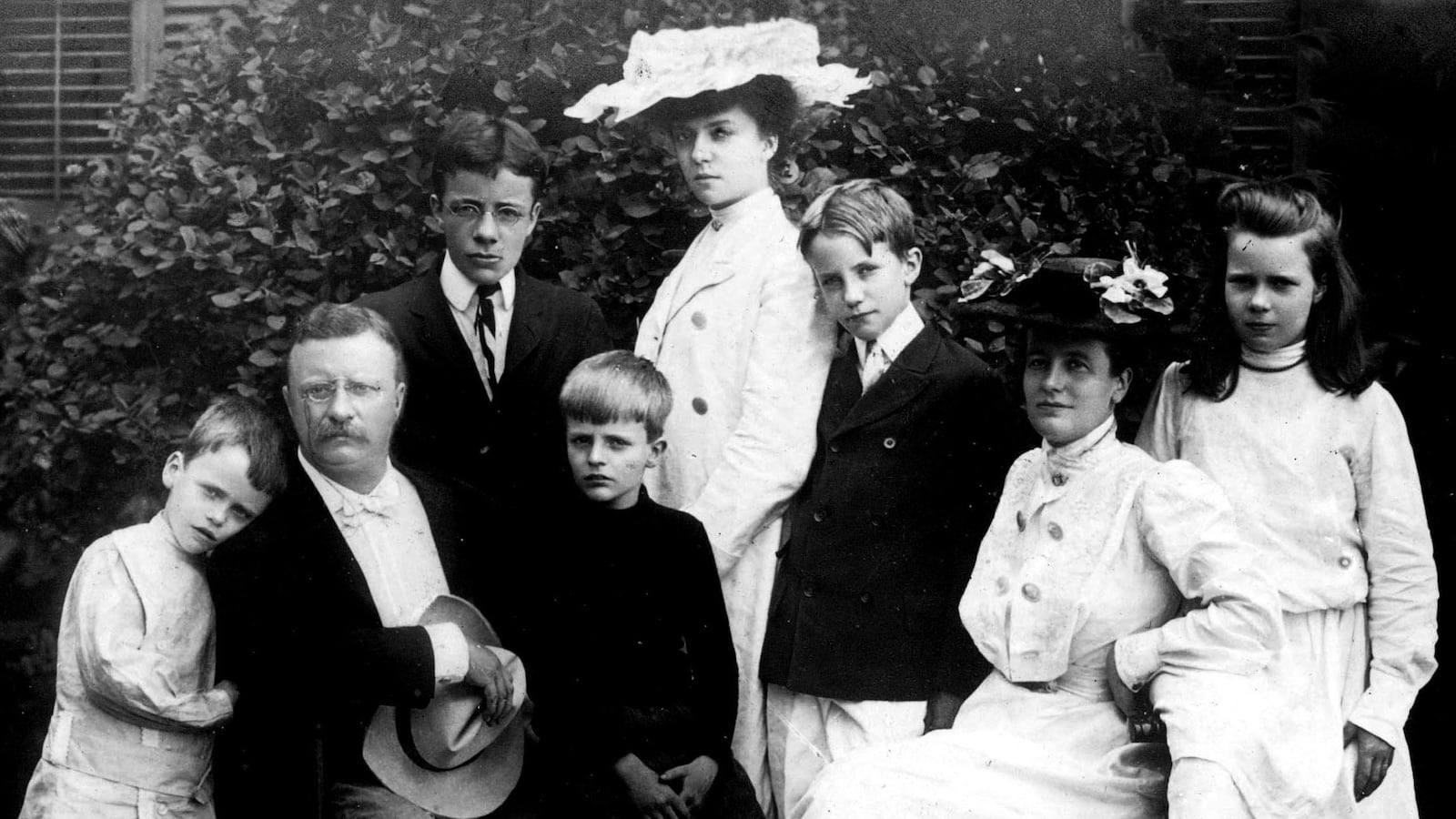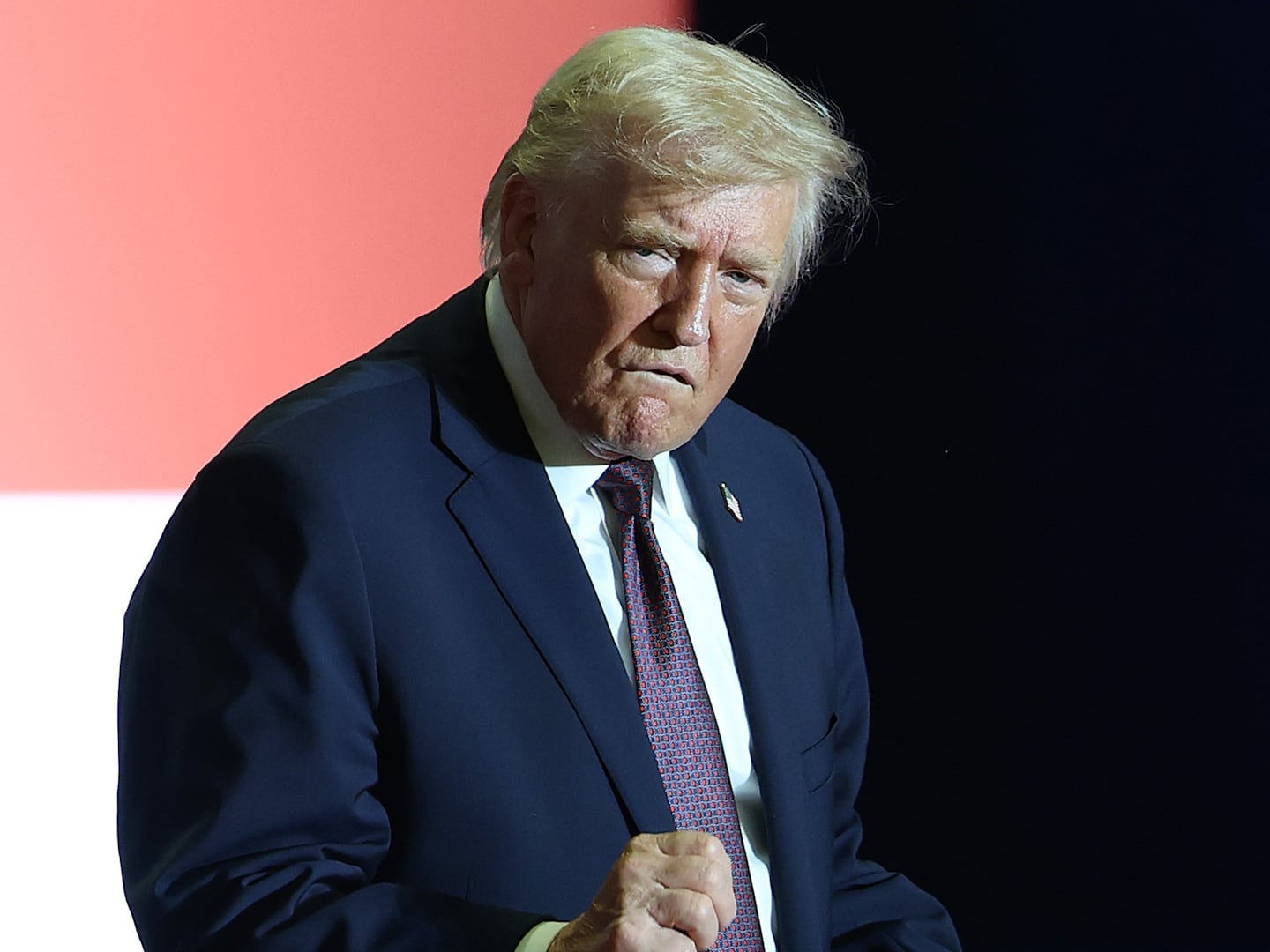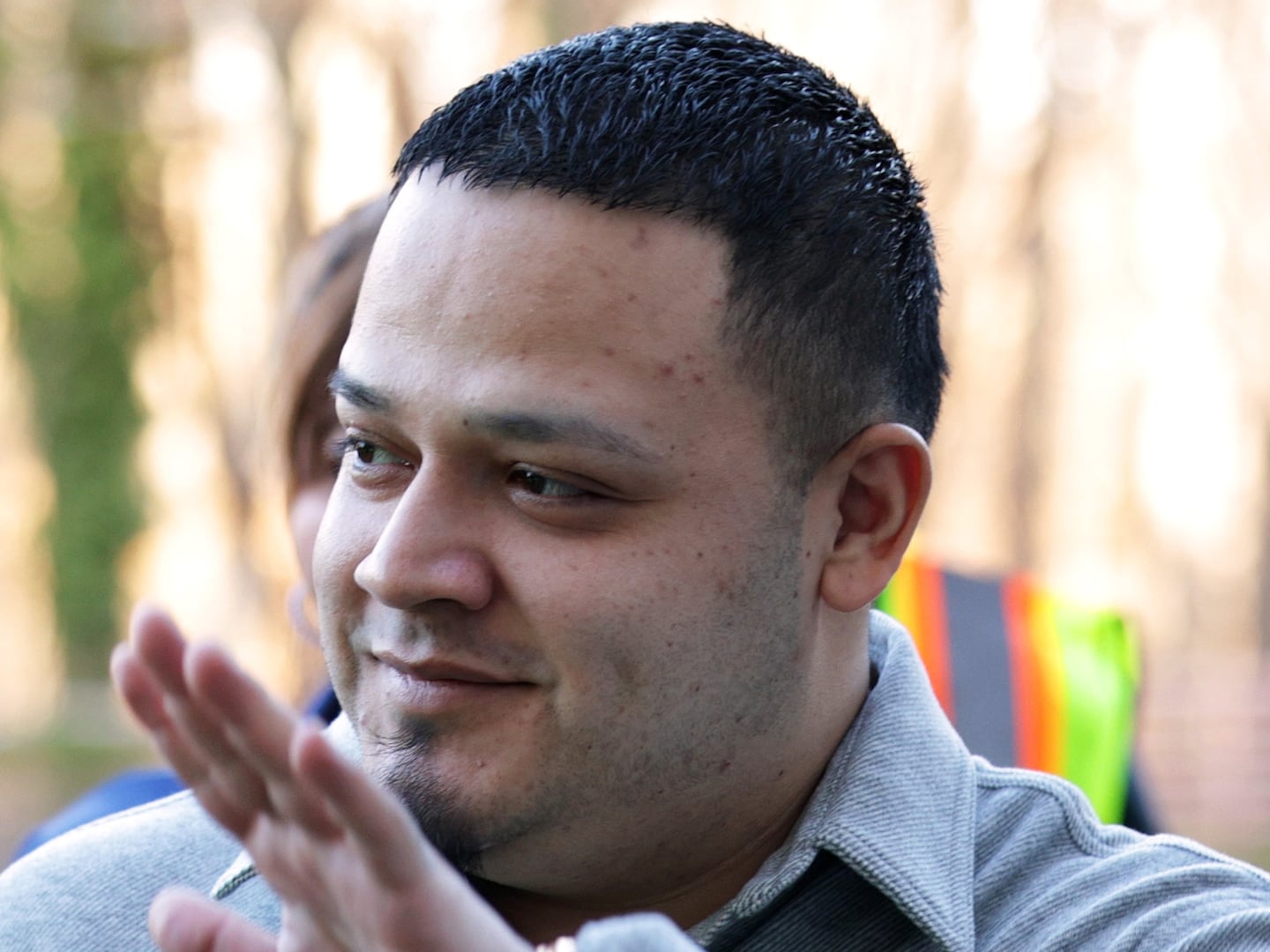The Roosevelts were one family divided by two political parties. But as in our own time, party labels can obscure underlying agreement when seen with a sense of perspective.
Teddy Roosevelt remains the most broadly beloved Republican this side of Lincoln, cited as an inspiration by presidents of both parties. Franklin Delano Roosevelt is remembered as a liberal lion who occupied the oval office for an unprecedented (and now unconstitutional) four terms. But neither man actually fits the political stereotypes we often impose on them today.
In the progressive era, there was a different way of thinking about politics than we often see today. It offered not just the simplistic divisions of liberal and conservative, but a third way that viewed the electorate as divided between radicals, reactionaries and reformers. Radicals were the anarchists and socialists of the era, individuals who wanted fundamental change of society. Reactionaries were the industrialists, who wanted little or no societal change. Reformers understood that constructive societal evolution was the antidote to socialist revolution.
TR and FDR were both reformers in that sense - and they were both progressives. And TR blazed the political path that FDR self-consciously followed, fulfilling ambitions that the older Roosevelt never quite achieved by running as his successor.
TR deserves credit for creating the model. Born a sickly son of society privilege in New York, he was determined to pursue a career in public service while his Harvard classmates went about pursuing a life of monied comfort. He ran for the state assembly and upon reaching Albany immediately led a rebellion against the bosses of his own party. He developed a reputation for principled independence that others sometimes saw as arrogance. But he was a whirling dervish of energy and could outwork his critics. He became Assistant Secretary of the Navy at a time when that was a powerful position and soon outmaneuvered his superior. When war broke out with Spain, he propelled himself to the front lines at the head of the Rough Riders and ensured that his heroics were well-documented by influential journalists like Richard Harding Davis (who deserves his own documentary, one day). His public and private struggles steeled his resolve and catapulted him to the Governor’s mansion in Albany, aided by Republican leaders who thought they might now be able to control the young upstart. He defied their expectations, pursued a reform agenda and wound up on President William McKinley’s ticket as Veep. One assassination later and he was president of the United States.
TR reinvigorated the office after a succession of grey presidents with his unself-conscious energy, idealism and determination. Through sheer force of will and personal charm he made the presidency a matter of public fascination, politics the subject of public entertainment. He promised the American people a “Square Deal” and butted heads with “malefactors of great wealth” while preaching a gospel of American exceptionalism and expansion. But after winning a landslide election in his own right, TR unwisely said he would not run for a third term. He would never fully get over the disappointment of being out of power.
TR’s distant cousin Franklin came from the upstate Hyde Park branch of the family - Democrats in a Republican region. But party labels aside, FDR’s political idol was TR. He adopted many of the same mannerisms, pronouncing himself “dee-lighted” at public events and wearing similar wireless glasses perched on the end of his nose. His political career benefitted mightily from having the same last name as the most popular politician in the United States, and some constituents assumed that he was the great man’s son.
Upon reaching the state senate in Albany, FDR adopted TR’s political playbook, leading a youthful revolt of independent Democrats against the political machine of Tammany Hall. Reporters couldn’t help filling in the script, with the New York Times blaring the headline: “Senator F.D. Roosevelt, Chief Insurgent at Albany.”
When TR again pursued the presidency in 1912 as leader of the Progressive Party, FDR identified with his cause. Though he was an early supporter of progressive Democrat Woodrow Wilson, his wife Eleanor confided, “I wish [he] could be fighting now for Uncle Ted, for I feel he is in the Party of the Future.” Though TR’s insurgent campaign proved the most successful third party effort in American history to date, gaining 27% of the popular vote, Wilson prevailed. And young FDR was rewarded with a familiar position in the new administration: Assistant Secretary of the Navy.
He too, clashed and sometimes sought to undermine his superior, and when the first World War broke out, FDR toured the battlegrounds, albeit not in the same combat role his older cousin embraced as a Rough Rider. And when the 1920 election loomed in the wake of TR’s death, Democrats elevated the relatively inexperienced young man to the VP-slot, largely in hopes of benefitting from his famous last name.
FDR’s struggles with tragedy and illness came later in life, in the devastating form of polio and paralysis. But by 1928, he was ready to get back into the fray, buoyed by supporters in and out of the media. The Democratic presidential nominee, New York Governor Al Smith picked FDR to run for his old office in Albany. Smith lost in a landslide to Herbert Hoover (who was a supporter of TR’s 1912 campaign and at the time identified himself as “an independent progressive in the Republican tradition”). But while Democrats went down to national defeat in 1928, FDR won in New York - and quickly dashed Smith’s hopes that the younger man would take orders from the old guard. An energetic state administration, grappling with the Great Depression, catapulted FDR to the presidency in 1932, promising a New Deal.
FDR projected the same unalloyed enthusiasm for the presidency that had characterized his cousin’s administration. He experimented boldly without much regard for precedent or the status quo. But he was a canny political operator, far less ideological and more coldly pragmatic than proponents liked to admit. His wife Eleanor was more representative of the activist strain running through the progressive movement. Though often derided as a “traitor to his class,” FDR was a product of his upbringing - a patrician progressive with a traditionalist streak.
So while both Roosevelts were accused of embracing an activist executive model that critics said ran roughshod over the separation of powers in the constitution, both men were reverent patriots who believed deeply in American exceptionalism. They believed that government could be a force for good, addressing urgent concerns in the belief that reform was the antidote to revolution.
When FDR’s second term came to an end with the Depression still looming and storm clouds of war again gathering in Europe, he decided to break with precedent and run again. He would not relinquish presidential power and live to regret it, like his cousin.
FDR’s four terms marked the shift of the progressive movement away from its Republican roots and toward the Democratic Party. The progressive insurgents who rallied around TR in 1912 were now in FDR’s camp and modern conservatism emerged in opposition to FDR’s New Deal. The deeper continuity between the two men was complete, despite the different party labels.






